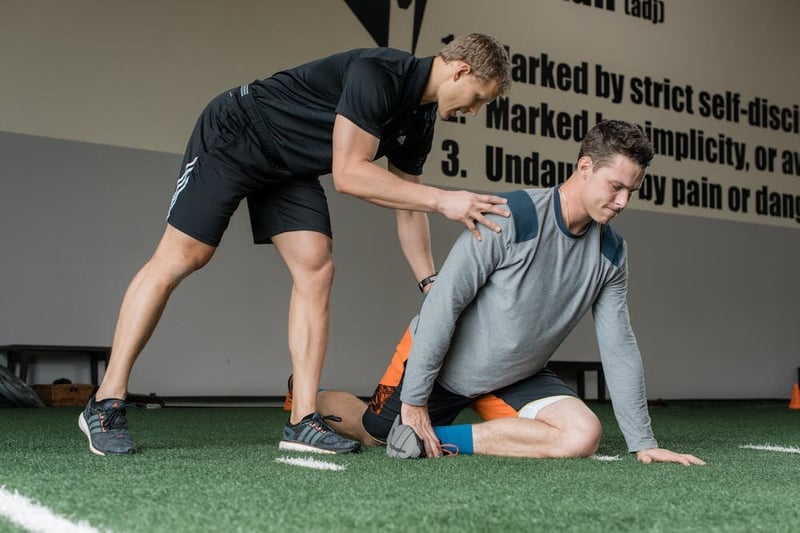
As the television contracts continue to grow and the competitive seasons of sports get longer, the true “off-season training program” has all but become extinct. This phenomenon is not specific to college and professional athletes however; youth athletes feel more pressure to play year-round to help give them a chance to be “seen” and recruited. With that much of the calendar year set aside as in-season, does today’s athlete actually have time to train?
Due to the sheer volume of playing year-round, athletes become extremely specialized only for a specific task. While this repetition develops great strengths in a specific skill, it also further develops mechanical deficiencies. These compensation patterns are reflected in Extreme Sparta Signatures™ found in younger and younger athletes. A Sparta Signature™ is considered Extreme if one variable is 15 greater or weaker than the other 2 variables. We have found that these Extremesignatures (Extreme Explode, Extreme Load, Extreme Drive) significantly increase the odds of suffering an injury.
As the season goes on, athletes become more unbalanced and the Sparta Signature™ even more Extreme. For this reason, the in-season is really the most important time for your athletes to train.
Practice and games take up the majority of the athletes’ time, and therefore is responsible for most of the physical stress on the athlete during the season. When training in-season, it is impossible to match the sport volume in the weight room, however it is possible to still create a significant stimulus by keeping the intensity up.
For our in-season programming, athletes still work up to the same intensities as they would in an “off-season” training program, however they will only have one set at that greatest intensity. Keeping intensity up allows our athletes to still get the stimulus we want out of the movement, but limits taking too much of their most limited resource: time. Overall tonnage is continuously regulated so no large jumps occur to help to avoid training causing “soreness” in-season, even as needs change during the season.
The emotional and mental toll of the long athletic season, or year-round competition, is often underestimated. Stress on the body is cumulative; physical, mental, and emotional. Given the amount of structure and discipline most organizations have, giving freedom of choice can be a breath of fresh air for an athlete.
Some of our partner organizations have implemented this concept with great success. Simply giving the athlete a sense of ownership can improve compliance dramatically by empowering the athlete. The options will be targeted towards the deficiencies in their Sparta Signature. For example, an athlete with low DRIVE would be given the choice to do Split Squat or Overhead Squat. Split Squat statistically has a greater effect on improving DRIVE than Overhead Squat. However, doing anything intended to improve Drive is much better than doing nothing at all.
The dedicated off-season training program may no longer exist in its purest form, however as coaches it is our job to be able to create enough of a stimulus to manage our athletes weaknesses and help keep them on the field.